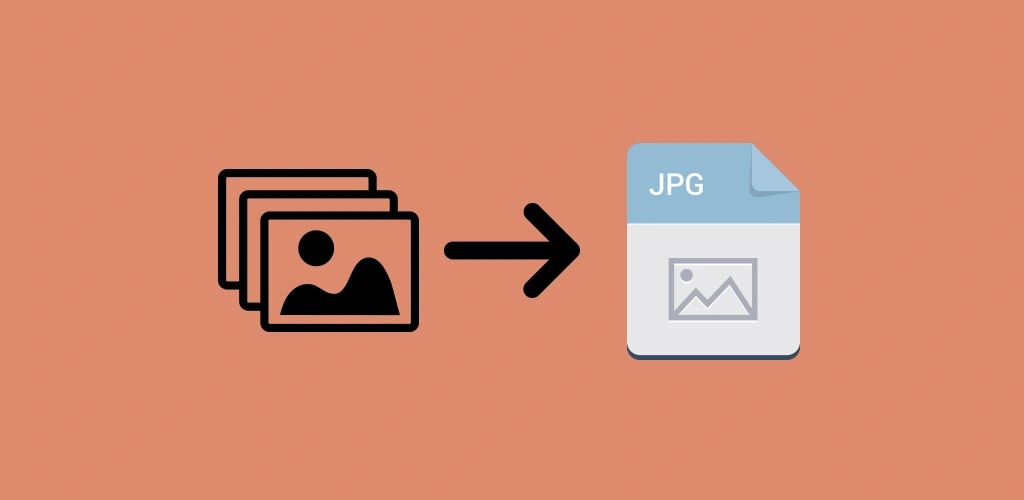Before dwelling into the history of the file compression technology known as JPEG, which is also known as “jpg” due to its extension ending “.jpg”, it is helpful to first decode the acronym itself. JPEG stands for Joint Photographic Experts Group, which denotes the name of the committee that created the standard. The experts in question are actually ISO and IEC. ISO is the International Organization for Standardization, a worldwide federation consisting of around 100 countries. However, ISO is technically not an acronym since ISO apparently is a reference to the Greek word isos, denoting equal. The second group of experts is the International Electrotechnical Commission, which is an international assessment body pertaining to all fields of electro technology.
The JPEG file format’s function
The function of JPEG was to compress images, mainly those of natural or real world scenes (those that do not have sharp changes) and to reduce file sizes of images in order to facilitate their storage and transmission. By creating the JPEG file format an international digital image compression standard for continuous-tone or multilevel still images for color and gray scale was established. To clarify matters it is also important to realize that JPEG is called a “lossy” file form, which means that the decompressed image in the JPEG file format is a different “version” of the original file because it is compressed since there is a loss of quality. In comparison PNG and TIFF are file formats that are lossless.
Technological necessity
The typical compression ratio in JPEG is around 1:10, thus making it an ideal format for decreasing the size of images. In addition it is important to note that JPEG images are full color images that are capable of storing 24 bits per pixel as well using around 16.7 million colors. Younger readers might also want to keep in mind that during the early years of the Internet, dialup modems were not exactly designed for graphic heavy websites especially since it took ten seconds to download a 50 kilobyte image with a 56.6k modem, whereas on a 14.4k modem it took 50 seconds; hence a file format as JPEG was invaluable especially since the floppy disk format was the storage standard during the time of JPEG’s introduction. Nowadays with broadband connections and high capacity storage media this might seem like less of an issue, yet JPEG is also still quite useful due its ubiquity in digital cameras, since you can shoot in either RAW file format or JPEG for more storage capacity or in some instances both. Furthermore, the JPEG file format is widely used on the Internet and in a myriad of image editing software. In fact the popularity of the format is due to the fact that in editing software one can specify the quality setting and the how compressed the image should be. The downside is that by compressing too much in JPEG there might be unwanted artifacts that show up on image if it is printed. These artifacts can include block coding and ringing. Therefore, JPEG has always been quite convenient for hobby photographers and for people that wish to share images quickly on the Internet, especially since images displayed on a screen have lower resolution in comparison to printed ones thus making it difficult to discern the loss of quality. For this reason JPEG has often been viewed as inferior file format in some professional circles since compressed information is lost, thus leaving less opportunity for editing than other lossless file formats such as RAW or TIFF, whereas the latter can be lossless or lossy.
JPEG as the standard
However despite being a lossy format, JPEG has managed to achiever greater compression results than other lossless image compression algorithms, a notable example is the GIF file format that uses 8 bits per pixel. This is achieved by exploiting the known visual limitations of human visual perception since small color changes are not as noticeable as small changes in brightness. In other words an algorithm is employed that examines the color and brightness within the image and if there are numerous areas within the image that have uniform color, the algorithm can compress these areas since many adjacent pixels possess fairly similar information. Thus, the JPEG can exploit our perception bias and compress images while the image still retains his natural quality to our eyes despite the loss of information.
A caveat must be added though to contextualize further and explain the new file standard JPEG2000. A few years after the JPEG committee introduced the JPEG file format they also introduced a JPEG lossless standard that was never widely adopted. However, JPEG2000 is a new standard that was introduced to succeed the JPEG file format. The main differences is that JPEG2000 has superior compression technology, for example artifacts are less visible and there is the option of having lossless compression or lossy compression; furthermore JPEG 2000 is based on discrete wavelet transformation which is a superior algorithm compared to the JPEG algorithm which is based on discrete cosine transformation or DC. Moreover, JPEG2000 has not caught on since it lacks wide browser support and despite the additional higher performance digital camera manufacturers and desktop software companies have not had an incentive to switch to JPEG2000, thus JPEG’s status as a popular file format is secure for the time being.
Most images on the Internet are either JPG files, GIF files, or PNG files.

